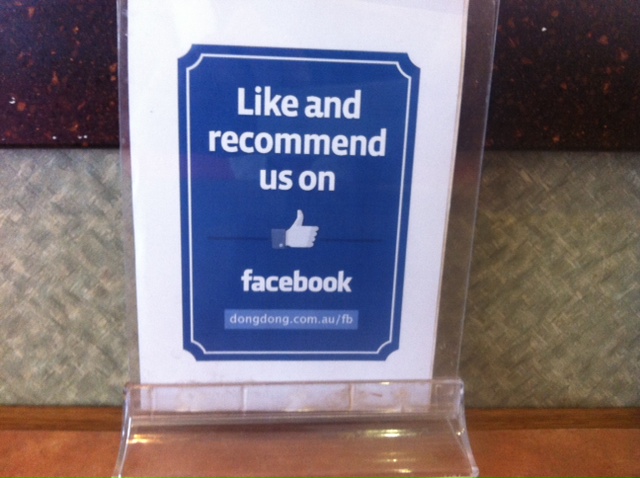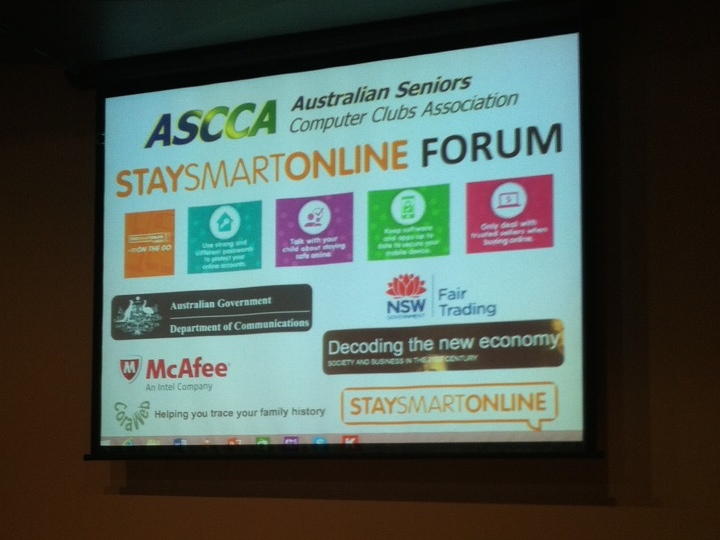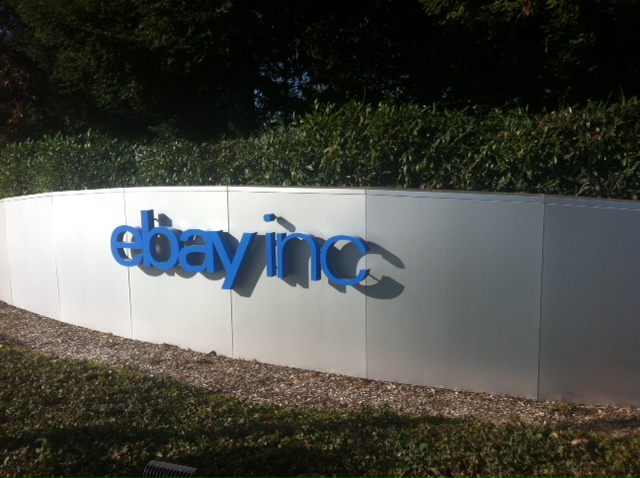“Everyone’s a critic” is the old saying. Today this is truer than ever as anyone can post a review online.
One of the notable things about business in the internet age is how sensitive people are to criticism.
A good example of this is a story going around the web this week of a Dallas chef, John Tesar, who had a magnificent breakdown over a review of his restaurant in the local newspaper.
This set off a chain of claims and counterclaims including some truly bizarre pieces on various blogs about ‘chefs winning the war against critics.’
Probably the strangest thing with this whole debacle is the review by Leslie Brenner in the Dallas Morning News is actually quite constructive and certainly no AA Gill style demolition of the establishment.
This silly little spat illustrates how business people, not just temperamental chefs, have glass jaws. Another story going around the web this week is of Union Street Guest House in Hudson, New York, that fines guests for bad reviews
Tesar’s response is pretty typical of many business owners – attack the critic instead of addressing the problems. Given Tesar threw the Twenty Rules of Social Media – which apply to businesses as much as social media – out the window, he was lucky not to find his reaction backfiring horribly on him.
What business owners have to understand is that you will get criticism, unfortunately most of it you will never know about as unhappy customers tell their friends and relatives.
If you get the opportunity to hear that criticism, then you have the opportunity to fix the problem.
This is something business owners need to understand about review sites and social media; it’s an opportunity to get some honest feedback about how things are going.
So start listening to what your customers are saying online and stop being so defensive.



